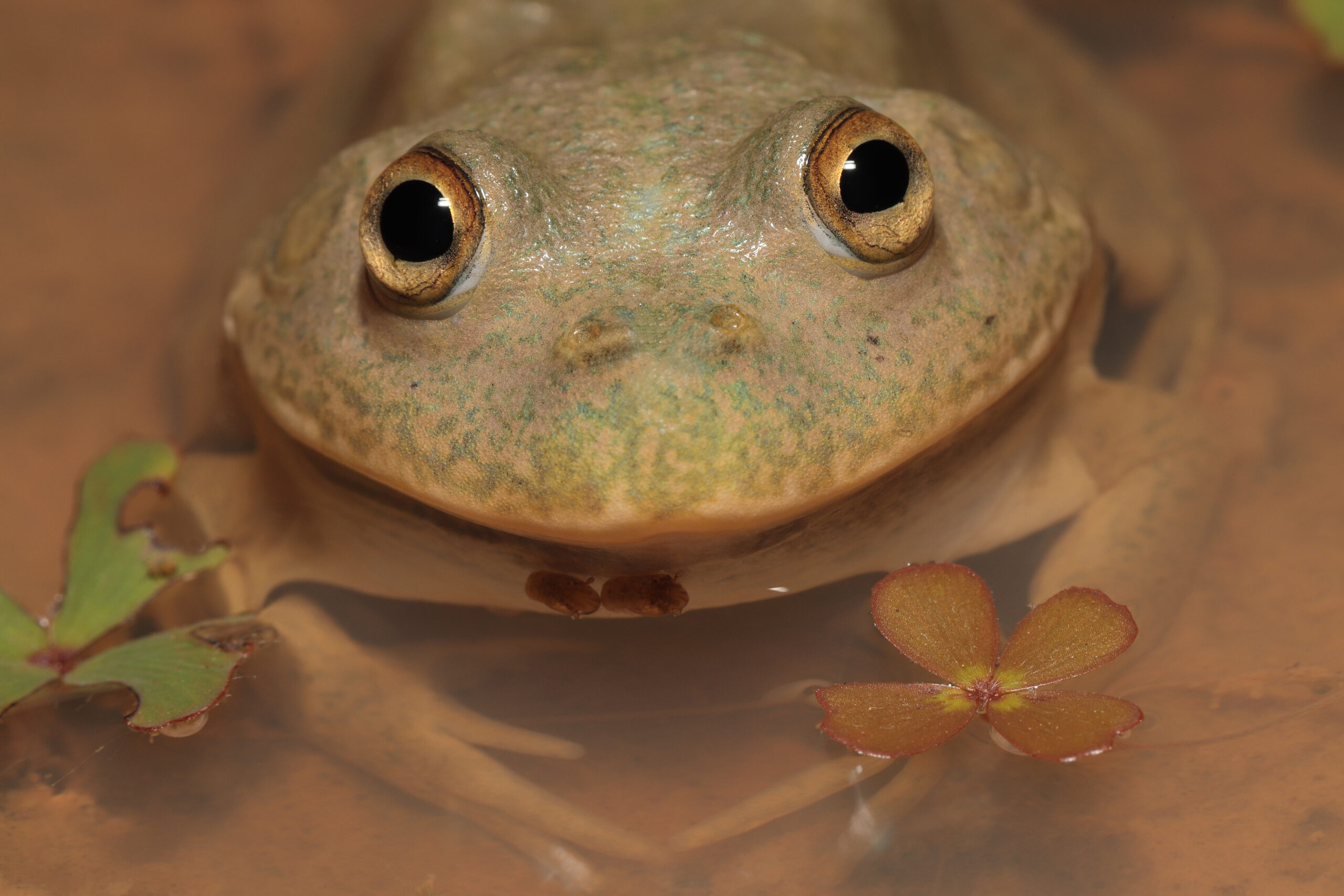| Common name | Irukandji |
| Scientific name | Carukia barnesi |
| Type | Jellyfish |
| Diet | Small fish and invertebrates in plankton |
| Average lifespan | Not known |
| Size | Bell reaches about 2.5cm wide in adults, tentacles up to 1m long when extended |
The infamous Irukandji is a tiny jellyfish with a sting that feels no worse than a mosquito bite, but within 30 minutes can have you fighting for your life. It leads a solitary life in offshore waters in northern Australia, mostly from Geraldton in north-west Western Australia around to Bundaberg in north-east Queensland. There is, however, evidence, that its range is spreading, most likely because of the impacts of climate change, with recent reports of the species as far south as Fraser Island and Mooloolaba, just north of Brisbane.
People usually come across Irukandji while swimming off a boat, but these tiny jellyfish can also be swept inshore by winds and currents so they may be encountered close to swimming beaches. So far, two deaths have been recorded as being caused by Irukandji. But the species is thought to be responsible for many more cases of people needing hospitalisation while their bodies fight the toxin from stings.
Carukia barnesi – the species most often known by the common name Irukandji – was the first of what’s now known to be as many as 20 species of small ‘cubozoan’ jellyfish that can cause Irukandji Syndrome. That term was coined in the 1950s by doctor and natural historian Hugo Flecker to describe a set of inexplicable symptoms seen at the time in a number of swimmers. He named it after an Aboriginal tribe, the Irukandji, located near Cairns, in North Queensland, in the area where the syndrome was first reported.
Later – by famously subjecting himself, his teenage son and a cautiously willing local lifeguard to the stings of the creature – pathologist Jack Barnes found the cause of this syndrome was a tiny box jellyfish species that he had discovered. Now known by the scientific name Carukia barnsei, it’s this jellyfish species that’s most commonly known as the Irukandji.
Like so many other jellyfish it’s transparent and very hard to see in the water. It has a cube-shaped bell, with a tentacle extending off each corner. At rest these are just 25cm long, but they can each be extended four-fold to a metre. This jellyfish hunts by day, attracting fish by waving around these tentacles, which are studded with harpoon-like stinging cells known as nematocysts. These fire at rapid speed at the slightest of touches, and the retractable tentacles pull dead prey up to the bell to be consumed.
Unlike most other jellyfish, the bell of the Irukandji is also densely equipped with nematocysts – about 5000 per cm2.
Anyone who thinks they may have been stung by an Irukandji should seek medical assistance as soon as possible. Outwardly the effects of an Irukandji sting look similar to those of an anaphylactic reaction, but the impact on the body’s physiology is more like that of an amphetamine overdose. Symptoms include generalised muscle pain, nausea, vomiting, back aches, powerful stomach cramps and an “impending feel of doom”.









